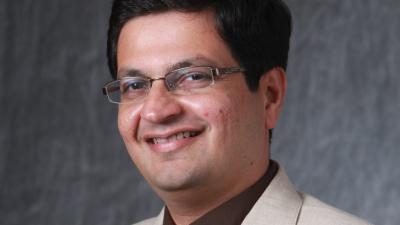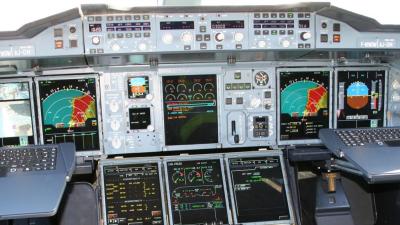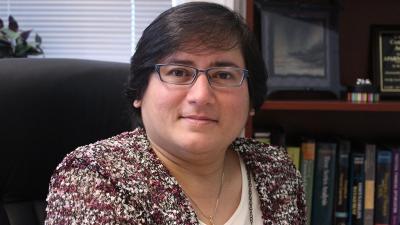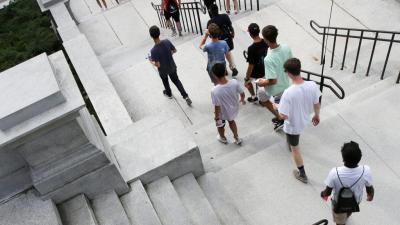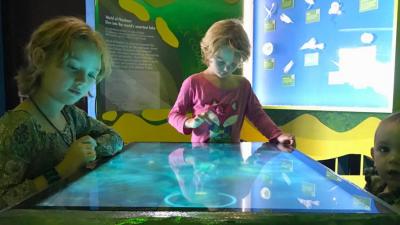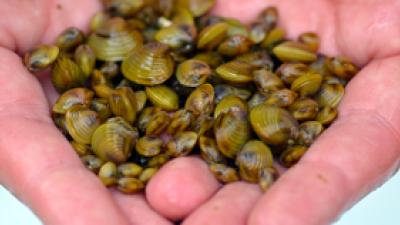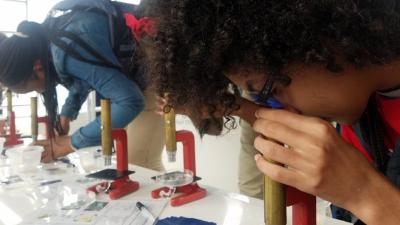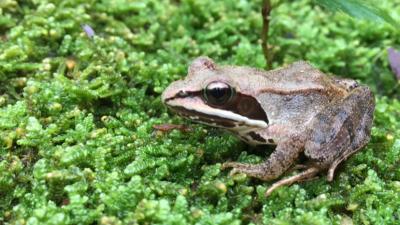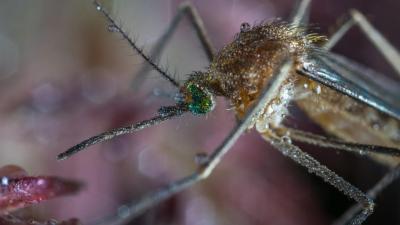Nanomaterials expert Nikhil Koratkar Honored
Nanomaterials expert Nikhil Koratkar, the John A. Clark and Edward T. Crossan Professor of Engineering in the Rensselaer Department of Mechanical Aerospace and Nuclear Engineering, has been awarded the Indian Institute of Technology (IIT) Bombay Distinguished Alumni Award. Koratkar’s research is positioned at the intersections of nanotechnology, energy, and sustainability. His research focuses on the […]
